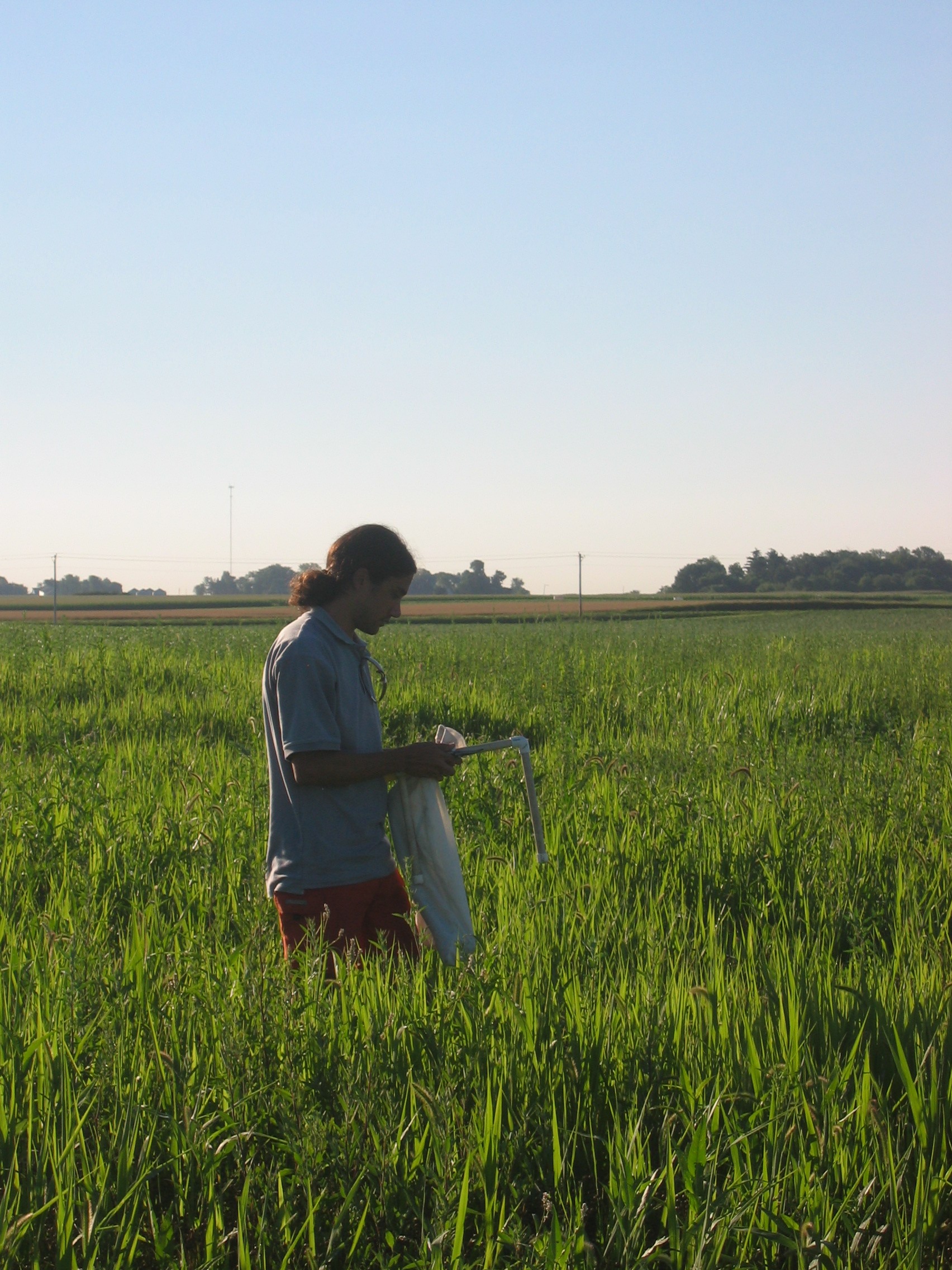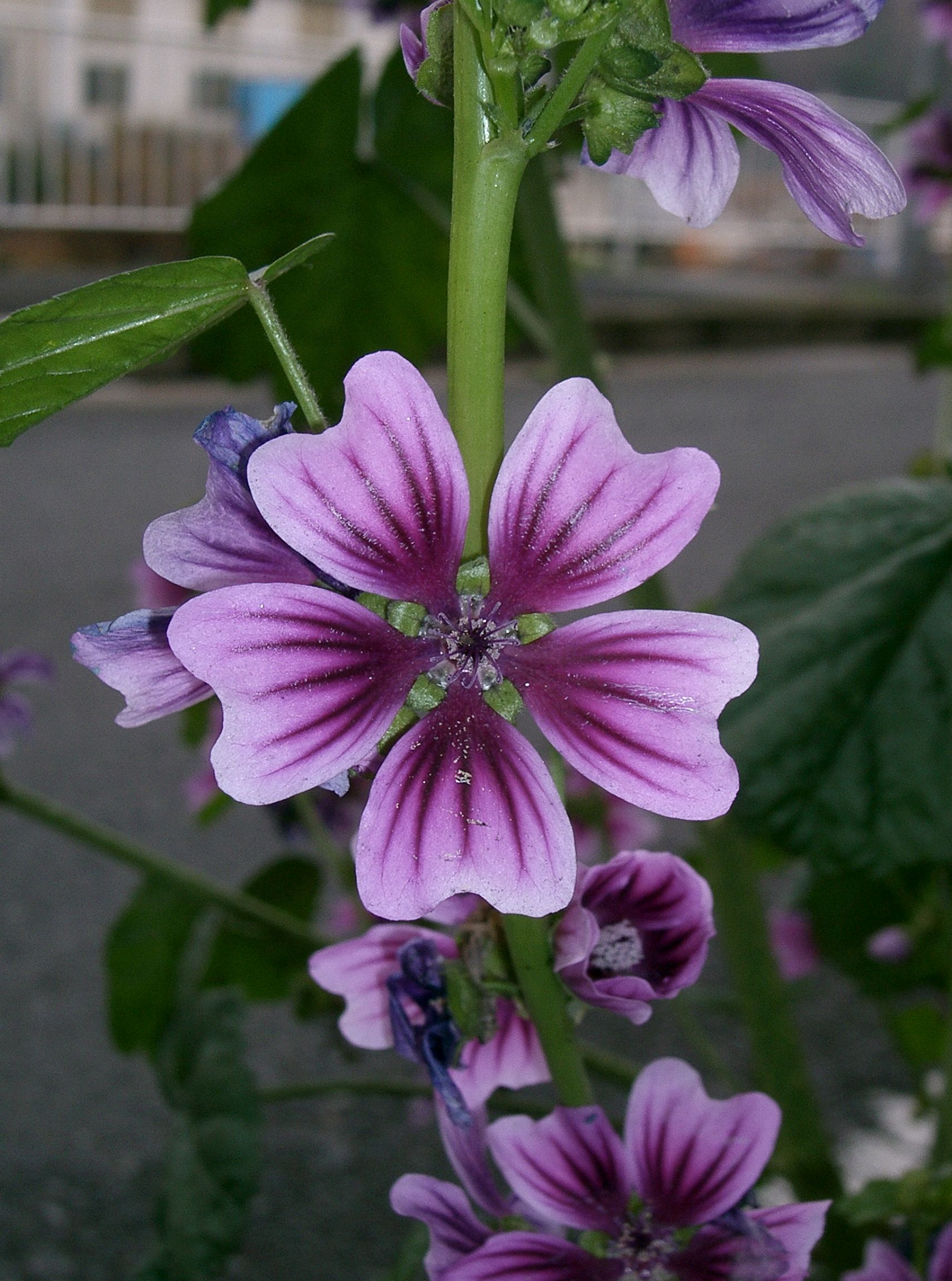|
Kearnemalvastrum
''Kearnemalvastrum'' is a genus of flowering plants belonging to the family Malvaceae. Its native range is Mexico to Colombia. It is also found in the countries of Costa Rica, Guatemala and Honduras. The genus name of ''Kearnemalvastrum'' is in honour of Thomas Henry Kearney (1874–1956), an American botanist and agronomist known for his work on cotton and date palm breeding, plant taxonomy, and also the flora of Arizona. It was first described and published in Brittonia Vol.19 on page 229 in 1967. Known species, according to Kew: *''Kearnemalvastrum lacteum'' *''Kearnemalvastrum subtriflorum ''Kearnemalvastrum'' is a genus of flowering plants belonging to the family Malvaceae. Its native range is Mexico to Colombia. It is also found in the countries of Costa Rica, Guatemala and Honduras. The genus name of ''Kearnemalvastrum'' is in ...'' References {{Taxonbar, from=Q10314112 Malveae Malvaceae genera Plants described in 1967 Flora of Mexico Flora of Central Amer ... [...More Info...] [...Related Items...] OR: [Wikipedia] [Google] [Baidu] |
Thomas Henry Kearney
Thomas Henry Kearney (27 June 1874 – 19 October 1956) was an American botanist and agronomist known for his work on cotton and date palm breeding, plant taxonomy, and the flora of Arizona. Kearney was born on 27 June 1874 in Cincinnati, Ohio. He enrolled in the University of Tennessee in 1889, and began working for the U.S. Department of Agriculture in 1894, where he would work for the next 50 years. Kearney published a revision of North American ''Calamagrostis'' in 1898, describing 23 new species or varieties. From 1898 to 1900 Kearney participated in the Harriman Alaska Expedition. In the early 1900s Kearney traveled throughout North Africa to study crops such as dates and cotton in arid and alkali soils, and began a decades-long period of cotton-breeding research in Arizona. Kearney served as President of the Botanical Society of Washington in 1917. From 1920 to 1944 he also studied the taxonomy and distributions of plants of Arizona. A major collaborator during this pe ... [...More Info...] [...Related Items...] OR: [Wikipedia] [Google] [Baidu] |
Malveae
Malveae is a tribe of flowering plants in the mallow family Malvaceae, subfamily Malvoideae. The tribe circumscribes approximately 70 genera and 1040 species and has the greatest species diversity out the three tribes that make up Malvoideae (followed by Hibisceae and then Gossypieae). The flowers of Malveae are five-merous with a characteristic staminal column, a trait found throughout Malvoideae. Although there are not many economically important species within Malveae, the tribe includes ''Althaea officinalis'', otherwise known as the marsh-mallow. The fruits of Malveae are generally schizocarpic, although some are functionally capsular. The tribe generally includes herbaceous plants, although ''Robinsonella'' are trees. The tribe is a well supported monophyletic group, supported by chloroplast and ribosomal DNA. Within Malvoideae, Malveae forms a monophyletic clade with Gossypieae, sister to Hibisceae. Malveae species are primarily found in the Americas, although genera wit ... [...More Info...] [...Related Items...] OR: [Wikipedia] [Google] [Baidu] |
Flowering Plant
Flowering plants are plants that bear flowers and fruits, and form the clade Angiospermae (), commonly called angiosperms. They include all forbs (flowering plants without a woody stem), grasses and grass-like plants, a vast majority of broad-leaved trees, shrubs and vines, and most aquatic plants. The term "angiosperm" is derived from the Greek words ἀγγεῖον / ('container, vessel') and σπέρμα / ('seed'), meaning that the seeds are enclosed within a fruit. They are by far the most diverse group of land plants with 64 orders, 416 families, approximately 13,000 known genera and 300,000 known species. Angiosperms were formerly called Magnoliophyta (). Angiosperms are distinguished from the other seed-producing plants, the gymnosperms, by having flowers, xylem consisting of vessel elements instead of tracheids, endosperm within their seeds, and fruits that completely envelop the seeds. The ancestors of flowering plants diverged from the common ance ... [...More Info...] [...Related Items...] OR: [Wikipedia] [Google] [Baidu] |
Malvaceae
Malvaceae, or the mallows, is a family of flowering plants estimated to contain 244 genera with 4225 known species. Well-known members of economic importance include okra, cotton, cacao and durian. There are also some genera containing familiar ornamentals, such as '' Alcea'' (hollyhock), '' Malva'' (mallow), and ''Tilia'' (lime or linden tree). The largest genera in terms of number of species include ''Hibiscus'' (300 species), '' Sterculia'' (250 species), '' Dombeya'' (250 species), '' Pavonia'' (200 species) and '' Sida'' (200 species). Taxonomy and nomenclature The circumscription of the Malvaceae is controversial. The traditional Malvaceae ''sensu stricto'' comprise a very homogeneous and cladistically monophyletic group. Another major circumscription, Malvaceae '' sensu lato'', has been more recently defined on the basis that genetics studies have shown the commonly recognised families Bombacaceae, Tiliaceae, and Sterculiaceae, which have always been considered closely a ... [...More Info...] [...Related Items...] OR: [Wikipedia] [Google] [Baidu] |
Agronomist
An agriculturist, agriculturalist, agrologist, or agronomist (abbreviated as agr.), is a professional in the science, practice, and management of agriculture and agribusiness. It is a regulated profession in Canada, India, the Philippines, the United States, and the European Union. Other names used to designate the profession include agricultural scientist, agricultural manager, agricultural planner, agriculture researcher, or agriculture policy maker. The primary role of agriculturists are in leading agricultural projects and programs, usually in agribusiness planning or research for the benefit of farms, food, and agribusiness related organizations. Agriculturists usually are designated in the government as public agriculturists serving as agriculture policy makers or technical advisors for policy making. Agriculturists can also provide technical advice for farmers and farm workers such as in making crop calendars and work flows to optimize farm production, tracing agricult ... [...More Info...] [...Related Items...] OR: [Wikipedia] [Google] [Baidu] |
Brittonia (journal)
''Brittonia'' is a quarterly, peer-reviewed botanical journal, publishing articles on plants, fungi, algae, and lichens. Published since 1931, it is named after the botanist Nathaniel Lord Britton. Since 2007, the journal has been published by Springer on behalf of the New York Botanical Garden Press, the New York Botanical Garden's publishing program. The current subtitle is: "A Journal of Systematic Botany". Currently, the journal is published quarterly, in both a paper and an online version. The editor-in-chief is Benjamin M. Torke. The journal publishes research articles covering the entire field of the systematics of botany including anatomy, botanical history, chemotaxonomy, ecology, morphology, paleobotany, phylogeny, taxonomy and phytogeography. Each issue features articles by New York Botanical Garden staff members and by botanists on a worldwide basis. The journal also contains book reviews and announcements. Scientists who have published in the journal include Frank ... [...More Info...] [...Related Items...] OR: [Wikipedia] [Google] [Baidu] |
Malvaceae Genera
Malvaceae, or the mallows, is a family of flowering plants estimated to contain 244 genera with 4225 known species. Well-known members of economic importance include okra, cotton, cacao and durian. There are also some genera containing familiar ornamentals, such as '' Alcea'' (hollyhock), '' Malva'' (mallow), and ''Tilia'' (lime or linden tree). The largest genera in terms of number of species include ''Hibiscus'' (300 species), ''Sterculia'' (250 species), '' Dombeya'' (250 species), '' Pavonia'' (200 species) and '' Sida'' (200 species). Taxonomy and nomenclature The circumscription of the Malvaceae is controversial. The traditional Malvaceae ''sensu stricto'' comprise a very homogeneous and cladistically monophyletic group. Another major circumscription, Malvaceae '' sensu lato'', has been more recently defined on the basis that genetics studies have shown the commonly recognised families Bombacaceae, Tiliaceae, and Sterculiaceae, which have always been considered closely al ... [...More Info...] [...Related Items...] OR: [Wikipedia] [Google] [Baidu] |
Plants Described In 1967
Plants are predominantly photosynthetic eukaryotes of the kingdom Plantae. Historically, the plant kingdom encompassed all living things that were not animals, and included algae and fungi; however, all current definitions of Plantae exclude the fungi and some algae, as well as the prokaryotes (the archaea and bacteria). By one definition, plants form the clade Viridiplantae (Latin name for "green plants") which is sister of the Glaucophyta, and consists of the green algae and Embryophyta (land plants). The latter includes the flowering plants, conifers and other gymnosperms, ferns and their allies, hornworts, liverworts, and mosses. Most plants are multicellular organisms. Green plants obtain most of their energy from sunlight via photosynthesis by primary chloroplasts that are derived from endosymbiosis with cyanobacteria. Their chloroplasts contain chlorophylls a and b, which gives them their green color. Some plants are parasitic or mycotrophic and have los ... [...More Info...] [...Related Items...] OR: [Wikipedia] [Google] [Baidu] |
Flora Of Mexico
Mexico (Spanish: México), officially the United Mexican States, is a country in the southern portion of North America. It is bordered to the north by the United States; to the south and west by the Pacific Ocean; to the southeast by Guatemala, Belize, and the Caribbean Sea; and to the east by the Gulf of Mexico. Mexico covers ,Mexico ''''. . making it the world's 13th-largest country ... [...More Info...] [...Related Items...] OR: [Wikipedia] [Google] [Baidu] |



